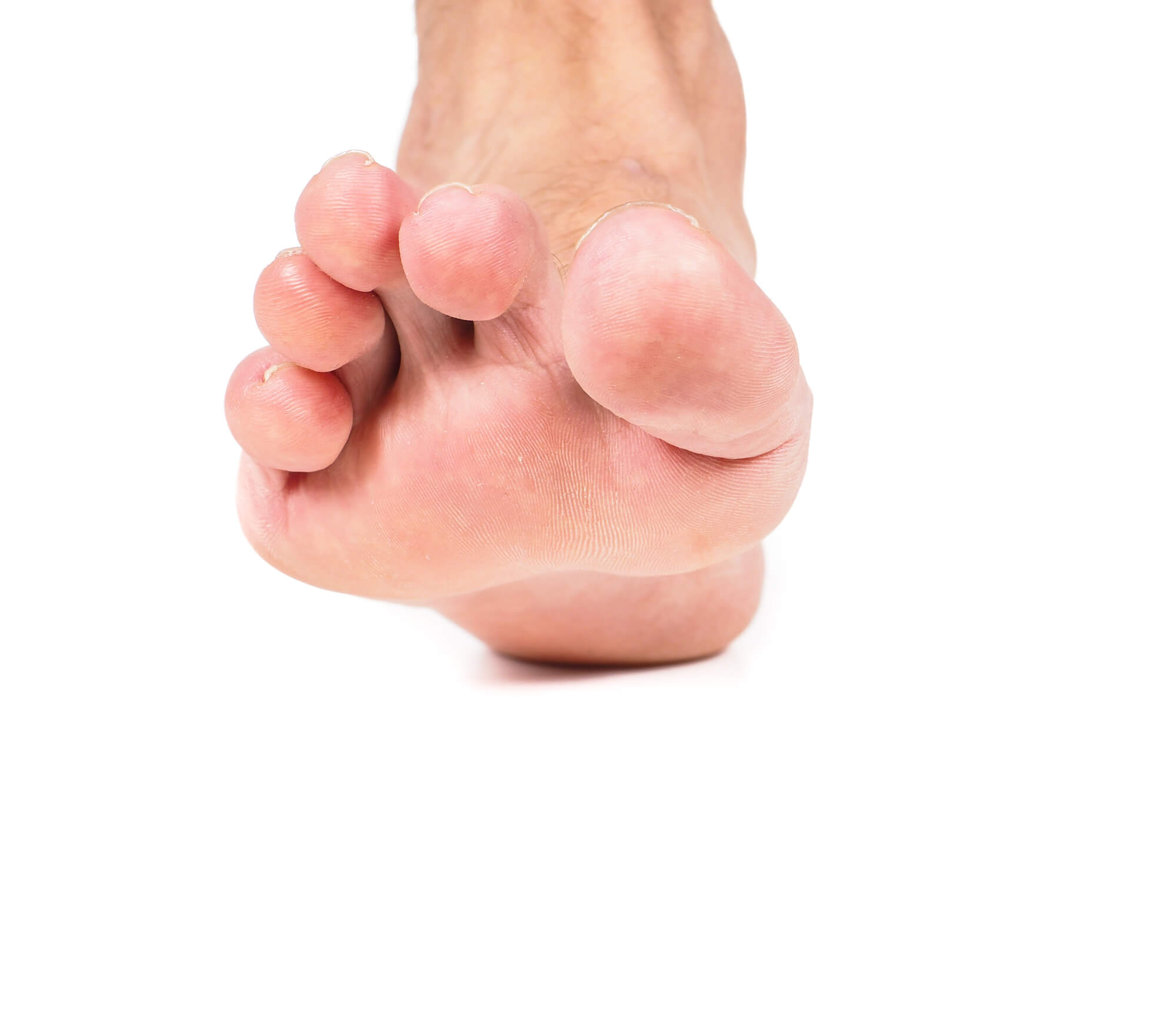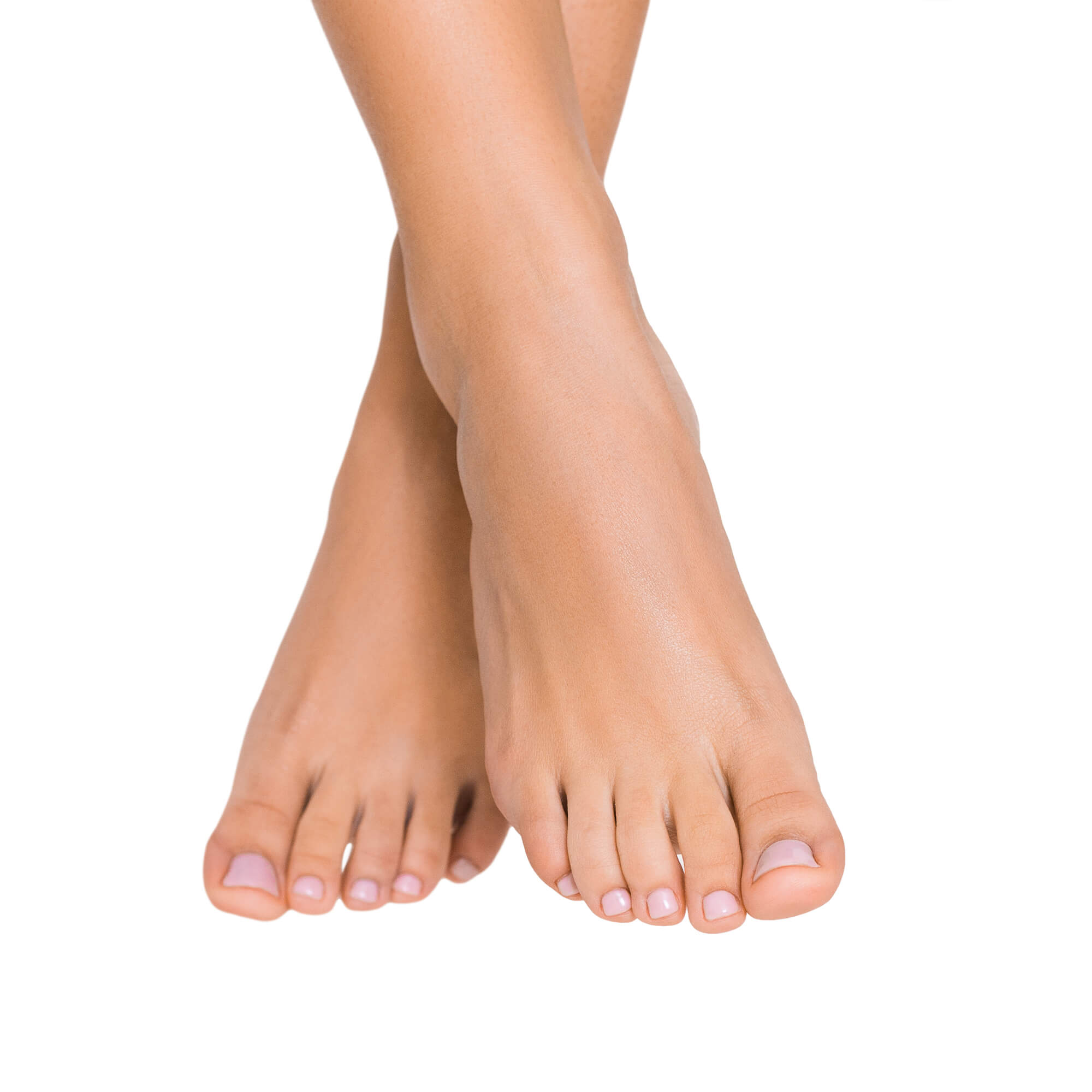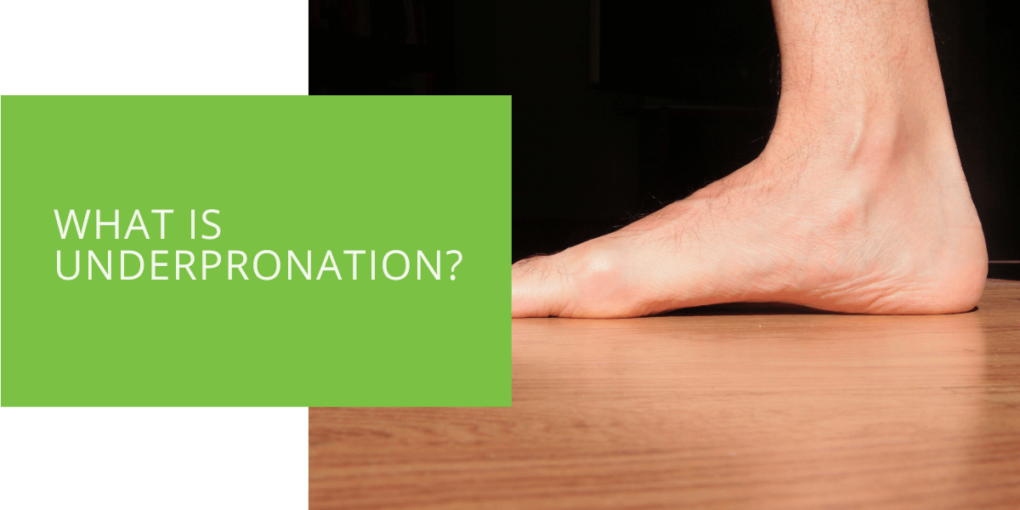What Is Underpronation?
Underpronation, also known as supination, is a common foot condition that occurs when the foot does not roll inward enough during the gait cycle. This can cause a variety of problems for individuals, including discomfort, pain, and even injuries.
In this article, we will explore what underpronation is, the causes and symptoms of the condition, treatment options, and prevention methods. We will also answer some frequently asked questions about underpronation.
What Is Underpronation?
Underpronation, or supination, is a condition in which the foot does not roll inward enough during the gait cycle. When the foot lands on the ground during walking or running, it should roll inward slightly to absorb shock and distribute weight evenly. This is known as pronation. However, if the foot does not roll inward enough, it is considered to be underpronating, or supinating.
Underpronation can cause a variety of problems for individuals, including discomfort, pain, and even injuries. It can also cause problems with balance and stability, as the foot is not able to absorb shock and distribute weight evenly.
What Is Overpronation?
Overpronation, on the other hand, is when the foot rolls inward too much during the gait cycle. This can cause problems with balance and stability, as well as discomfort, pain, and injuries. Overpronation is often caused by flat feet, which can cause the arch of the foot to collapse, leading to excessive inward rolling of the foot.

Causes of Underpronation
There are several factors that can contribute to underpronation, including:
- High arches: Individuals with high arches may be more prone to underpronation, as their feet do not have enough flexibility to roll inward during the gait cycle.
- Tight calf muscles: Tight calf muscles can cause the foot to remain in a supinated position, leading to underpronation.
- Rigid or inflexible shoes: Wearing shoes that are too rigid or inflexible can cause the foot to remain in a supinated position, leading to underpronation.
- Weak foot muscles: Weak foot muscles can lead to underpronation, as the foot is not able to roll inward effectively during the gait cycle.
Symptoms of Underpronation
Underpronation can cause a variety of symptoms, including:
- Pain in the feet, ankles, or lower legs
- Discomfort while walking or running
- Balance and stability issues
- Injuries, such as shin splints or plantar fasciitis
- Uneven wear on the soles of shoes
Risks of Underpronation
Underpronation can lead to a variety of risks and complications for individuals, including:
- Discomfort and pain: Underpronation can cause discomfort and pain in the feet, ankles, or lower legs, particularly during physical activity.
- Injuries: Underpronation can increase the risk of injuries, such as shin splints and plantar fasciitis. These injuries can be painful and can take a long time to heal.
- Balance and stability issues: Underpronation can cause balance and stability issues, as the foot is not able to absorb shock and distribute weight evenly. This can lead to falls or other accidents.
- Uneven wear on shoes: Underpronation can cause uneven wear on the soles of shoes, as the foot is not rolling inward correctly during the gait cycle. This can lead to the need for more frequent shoe replacements.
- Long-term problems: If left untreated, underpronation can lead to long-term problems, such as chronic foot and lower leg pain, as well as increased risk of other injuries.
It is important for individuals with underpronation to seek treatment and take preventative measures to reduce the risks and complications associated with the condition. This may include wearing shoes with good arch support, performing stretching and strengthening exercises, and seeking medical treatment if experiencing foot or lower leg pain.

Treatment for Underpronation
There are several treatment options for underpronation, including:
- Wearing shoes with good arch support: Wearing shoes with good arch support can help to distribute weight evenly and reduce the risk of discomfort and injuries.
- Stretching and strengthening exercises: Stretching and strengthening exercises for the feet and lower legs can help to improve flexibility and strength, reducing the risk of underpronation.
- Orthotics: Orthotics are inserts that can be placed in shoes to provide additional support and correct the alignment of the foot.
- Physical therapy: Physical therapy can help to improve flexibility, strength, and balance, reducing the risk of underpronation.
Prevention of Underpronation
There are several steps that individuals can take to prevent underpronation, including:
- Wearing shoes with good arch support
- Stretching and strengthening exercises for the feet and lower legs
- Wearing shoes that are flexible and allow the foot to roll inward naturally
- Avoiding shoes that are too rigid or inflexible
- Monitoring the wear on the soles of shoes and replacing them when necessary
- Seeking medical treatment if experiencing foot or lower leg pain

Conclusion
Underpronation, or supination, is a common foot condition that occurs when the foot does not roll inward enough during the gait cycle. It can cause a variety of problems, including discomfort, pain, and injuries. There are several treatment options available, including wearing shoes with good arch support, stretching and strengthening exercises, orthotics, and physical therapy. By following the prevention steps outlined above, individuals can reduce the risk of underpronation and maintain good foot health.
FAQ
What is the difference between underpronation and overpronation?
Underpronation, or supination, is when the foot does not roll inward enough during the gait cycle. Overpronation, on the other hand, is when the foot rolls inward too much during the gait cycle.
Can underpronation cause injuries?
Yes, underpronation can cause injuries, such as shin splints and plantar fasciitis. It can also cause discomfort and pain in the feet, ankles, or lower legs.
What is the best treatment for underpronation?
The best treatment for underpronation will depend on the individual and the severity of their condition. Options may include wearing shoes with good arch support, stretching and strengthening exercises, orthotics, and physical therapy.
Can underpronation be prevented?
Yes, underpronation can be prevented by wearing shoes with good arch support, performing stretching and strengthening exercises, wearing flexible and natural fitting shoes, monitoring the wear on the soles of shoes and replacing them when necessary, and seeking medical treatment if experiencing foot or lower leg pain.
Do you have underpronation?
Underpronation is a common foot condition that can cause pain and discomfort. ePodiatrists are here to help! We specialize in treating underpronation and can help you get back on your feet in no time.
With our expert care, you’ll be able to say goodbye to pain and discomfort. We’ll work with you to create a treatment plan that fits your needs and gets you back on your feet as soon as possible.
Schedule a consultation with ePodiatrists today!

